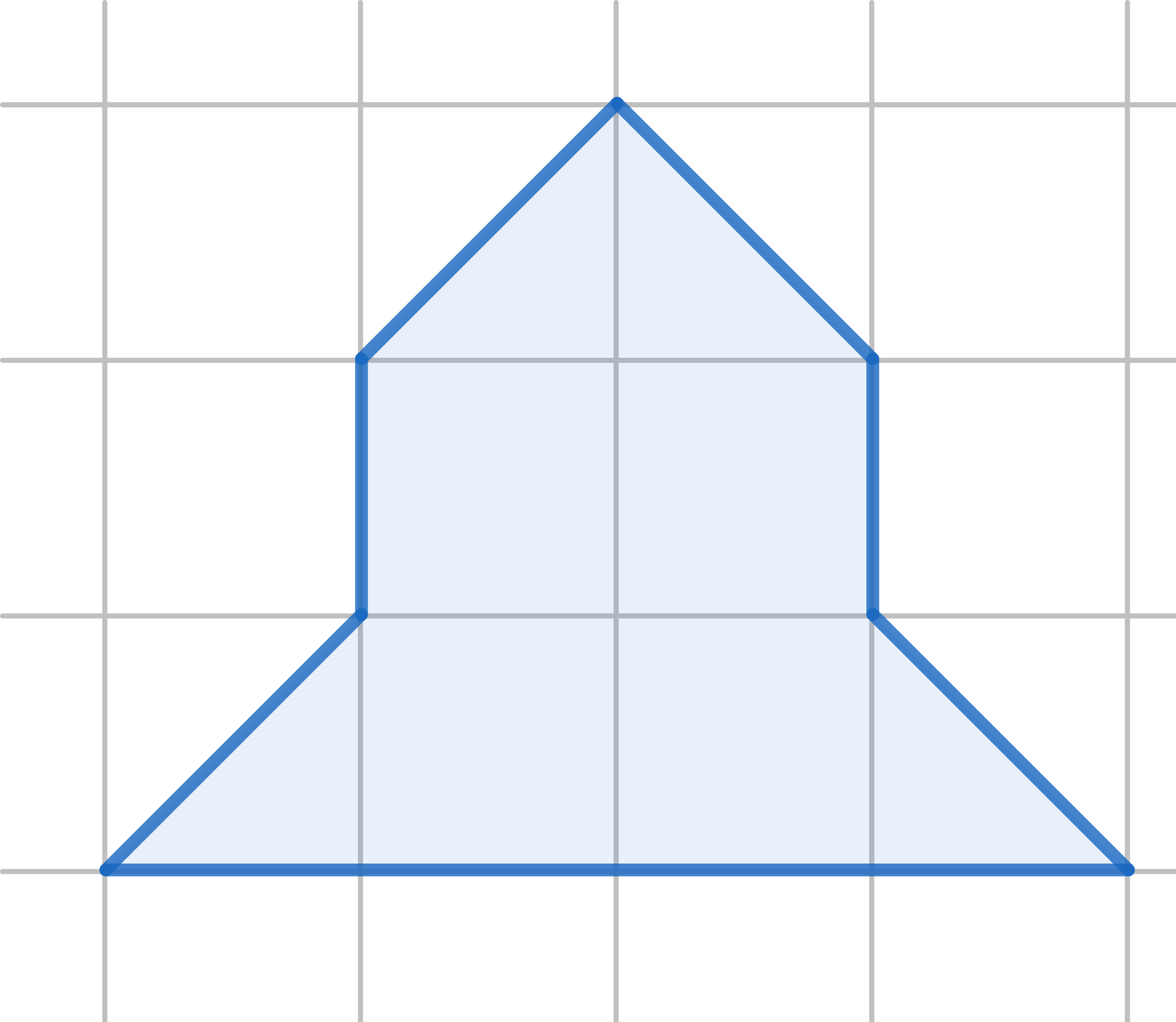Problems
Theorem: All people have the same eye color.
"Proof" by induction: This is clearly true for one person.
Now, assume we have a finite set of people, denote them as \(a_1,\, a_2,\, ...,\,a_n\), and the
inductive hypothesis is true for all smaller sets. Then if we leave
aside the person \(a_1\), everyone else
\(a_2,\, a_3,\,...,\,a_n\) has the same
color of eyes and if we leave aside \(a_n\), then all \(a_1,\, a_2,\,a_3,...,\,a_{n-1}\) also have
the same color of eyes. Thus any \(n\)
people have the same color of eyes.
Find a mistake in this "proof".
Let’s prove that \(1\) is the
largest natural number.
Let \(n\) be the largest natural
number. Then, \(n^2\), being a natural
number, is less than or equal to \(n\).
Therefore \(n^2-n=n(n-1)\leq 0\).
Hence, \(0\leq n\leq 1\). Therefore
\(n=1\).
Recall that \((n+1)^2=n^2+2n+1\) and
after expansion we get \((n+1)^2-(2n+1)=n^2\). Subtract \(n(2n+1)\) from both sides \((n+1)^2-(2n+1)-n(2n+1)=n^2-n(2n+1)\) and
rewrite it as \((n+1)^2-(n+1)(2n+1)=n^2-n(2n+1)\).
Now we add \(\frac{(2n+1)^2}{4}\) to
both sides: \((n+1)^2-(n+1)(2n+1)+\frac{(2n+1)^2}{4}=n^2-n(2n+1)+\frac{(2n+1)^2}{4}\).
Factor both sides into square: \(((n+1)-\frac{2n+1}{2})^2=(n-\frac{2n+1}{2})^2\).
Now take the square root: \((n+1)-\frac{2n+1}{2}=n-\frac{2n+1}{2}\).
Add \(\frac{2n+1}{2}\) to both sides
and we get \(n+1=n\) which is
equivalent to \(1=0\).
This problem is often called "The infinite chocolate bar". Depicted
below is a way to get one more piece of chocolate from the \(5\times 6\) chocolate bar. Do you see where
is it wrong?

Let’s prove that \(1=2\). Take a number \(a\) and suppose \(b=a\). After multiplying both sides we have \(a^2=ab\). Subtract \(b^2\) from both sides to get \(a^2-b^2=ab-b^2\). The left hand side is a difference of two squares so \((a-b)(a+b)=b(a-b)\). We can cancel out \(a-b\) and obtain that \(a+b=b\). But remember from the start that \(a=b\), so substituting \(a\) for \(b\) we see that \(2b=b\), dividing by \(b\) we see that \(2=1\).
In how many ways can you read the word TRAIN from the picture below, starting from T and going either down or right at each step?

John drunk a \(\frac16\) of a full cup of black coffee and then filled the cup back up with milk. Then he drunk a third of what he had in the cup. Then, he refilled it back to full with milk again, and after that, drunk a half of the cup. Finally, he once again refilled the cup with milk and drunk everything he had. What did he drink more of - coffee or milk?
A round necklace contains \(45\) beads of two different colours: red and blue. Show that it is possible to find two beads of the same colour next to each other.
Cut this figure into \(4\) identical shapes. (Note: you have to use the entire shape. Rotations and reflections count as identical shapes)

Find the last two digits of the number \[33333333333333333347^4 - 11111111111111111147^4\]